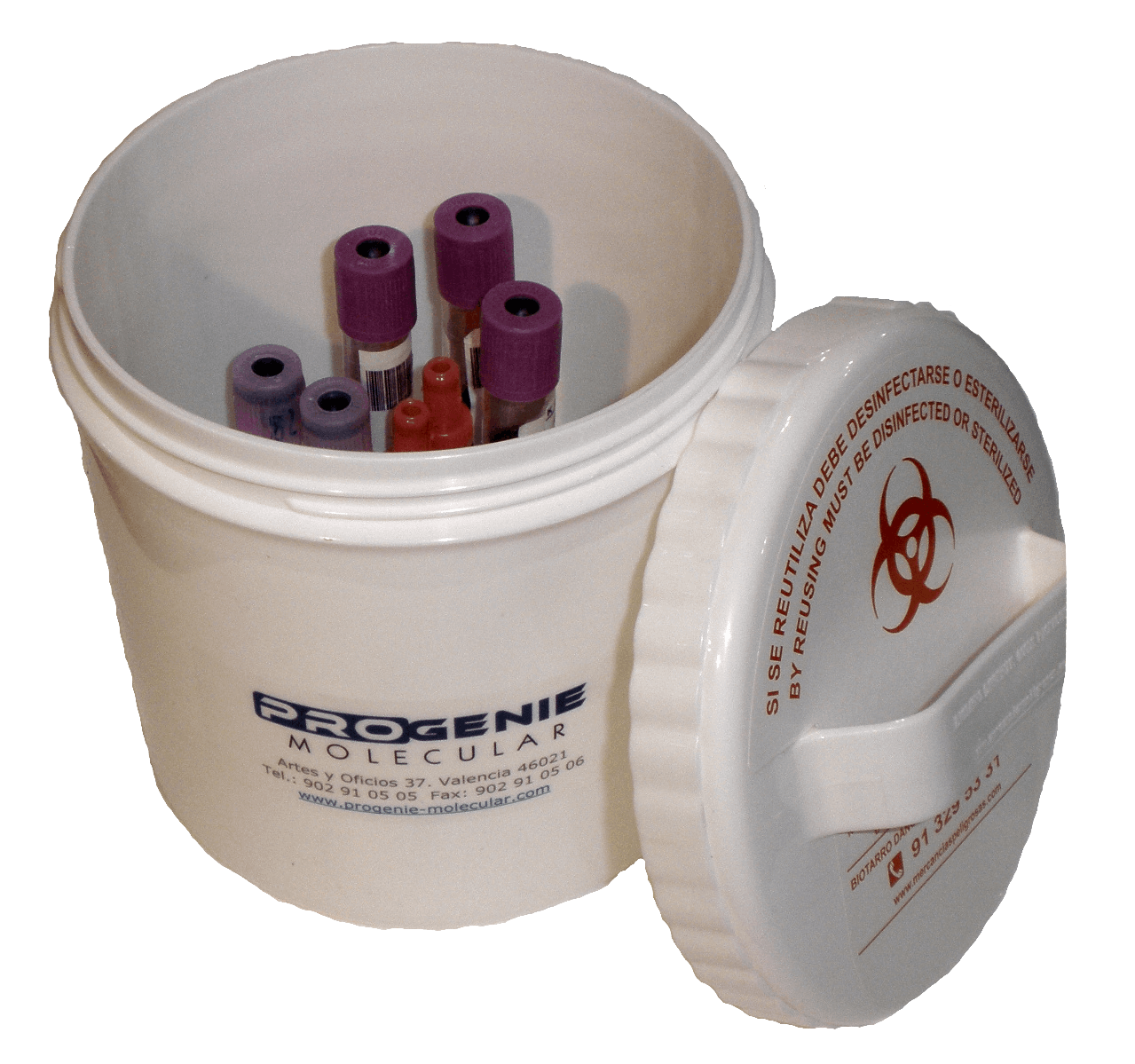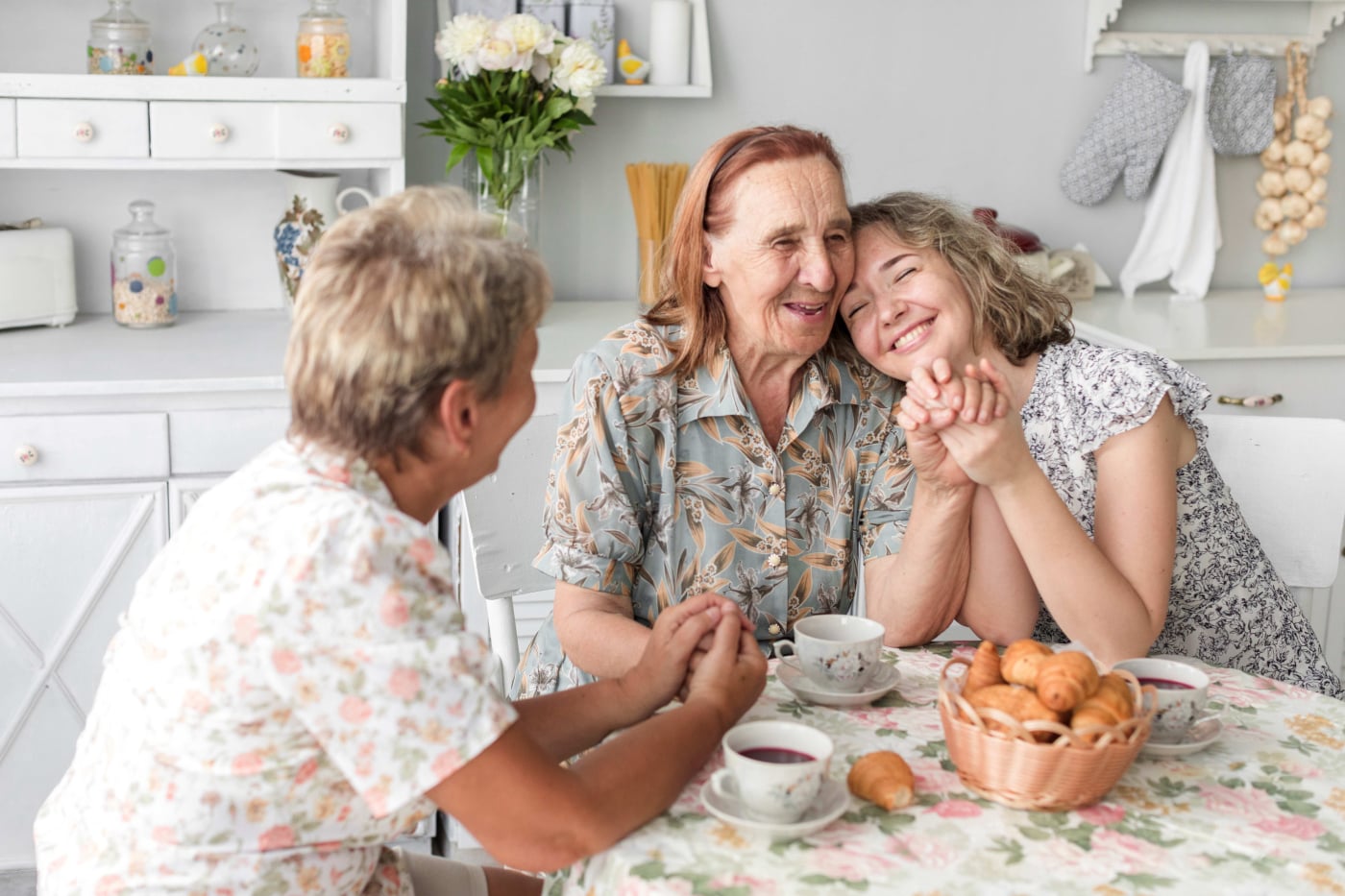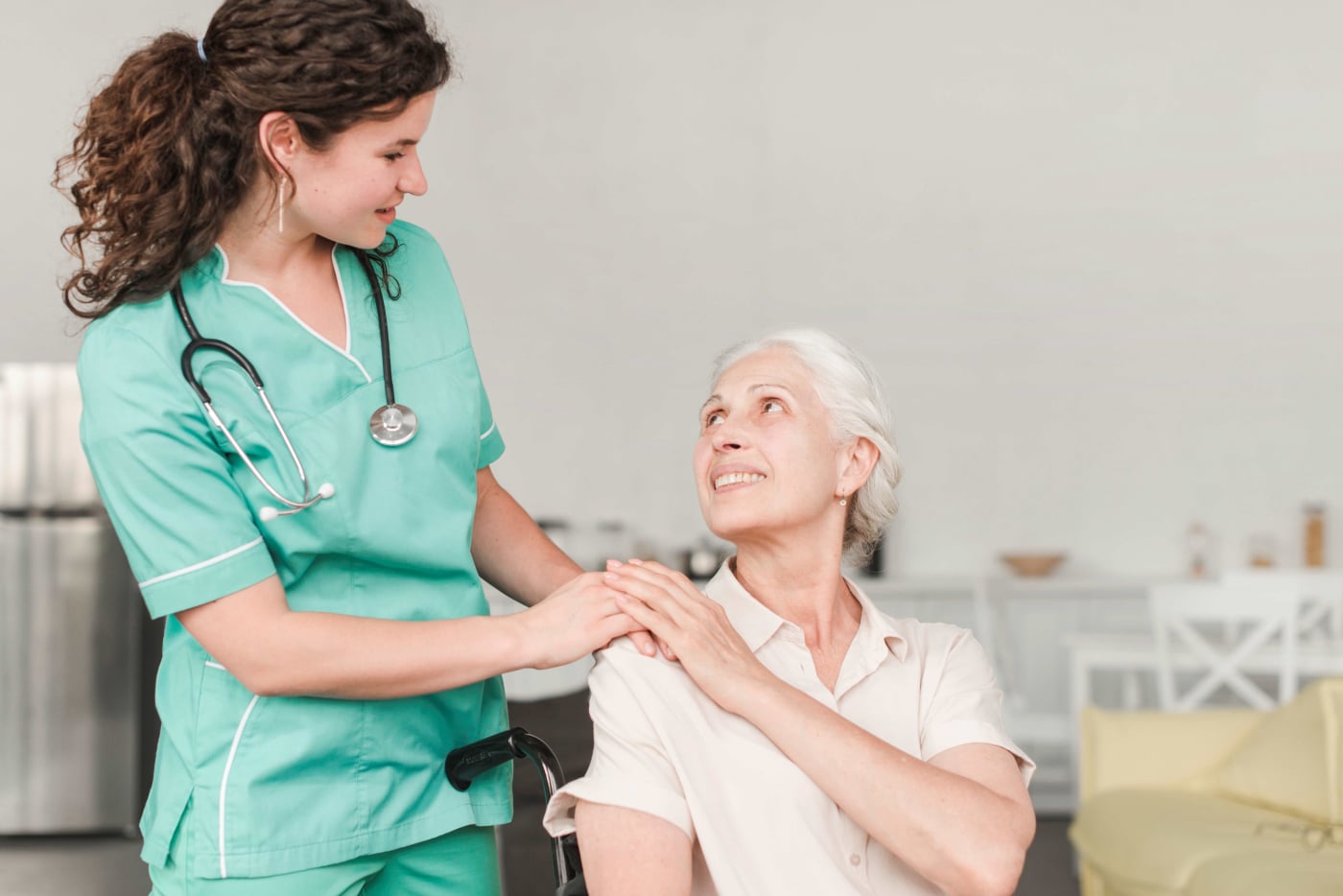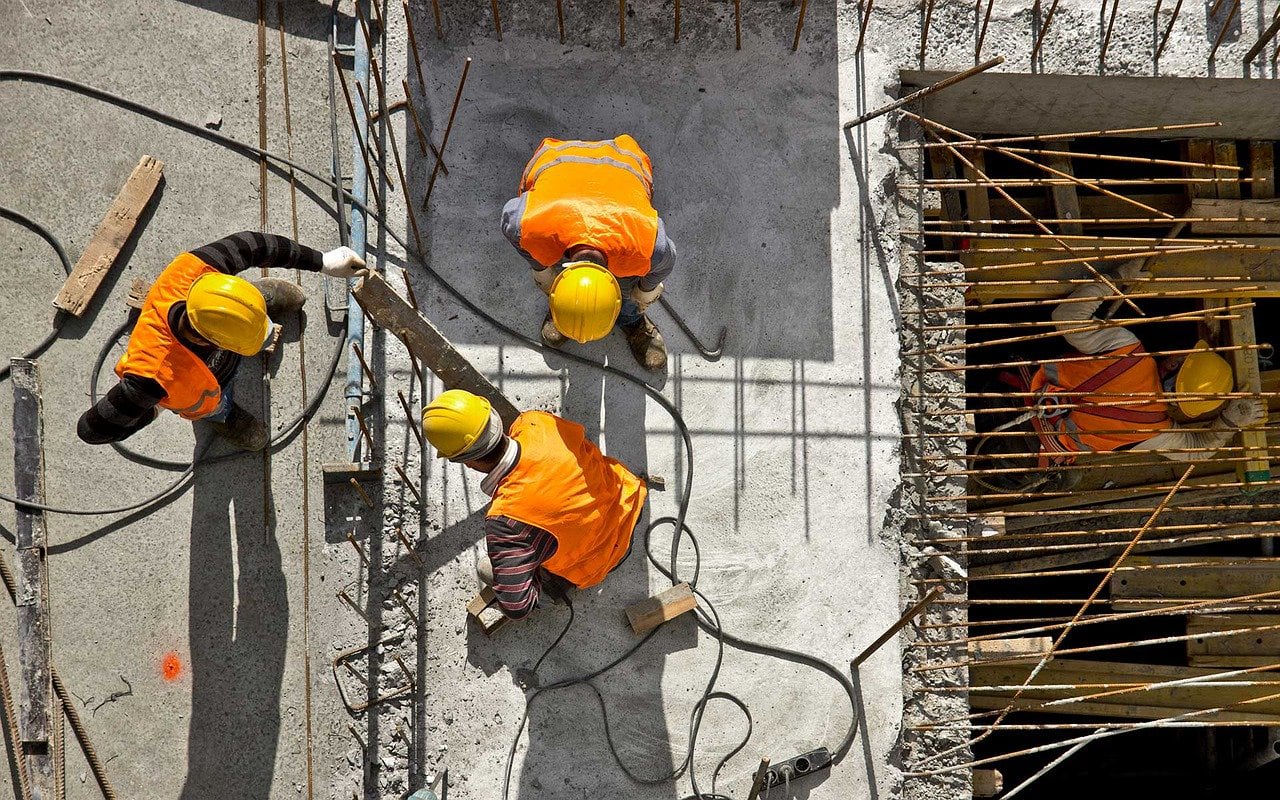SARS-CoV-2 infection in the elderly
The elderly are those who suffer from the most serious forms of the disease and those who carry the greatest risk to life. They usually present particular symptoms, such as general malaise, low-grade fever, weakness, anorexia, gastrointestinal disorders and worsening of their cognitive state, compared to the typical symptoms of younger patients: fever, dry cough and myalgia.
Part of a greater predisposition to manifest the disease, older people usually present other chronic diseases that worsen the prognosis of coronavirus infection. Due to this differential symptomatology, caregivers must pay attention to these minimal changes, with the aim of carrying out a early diagnostic.











